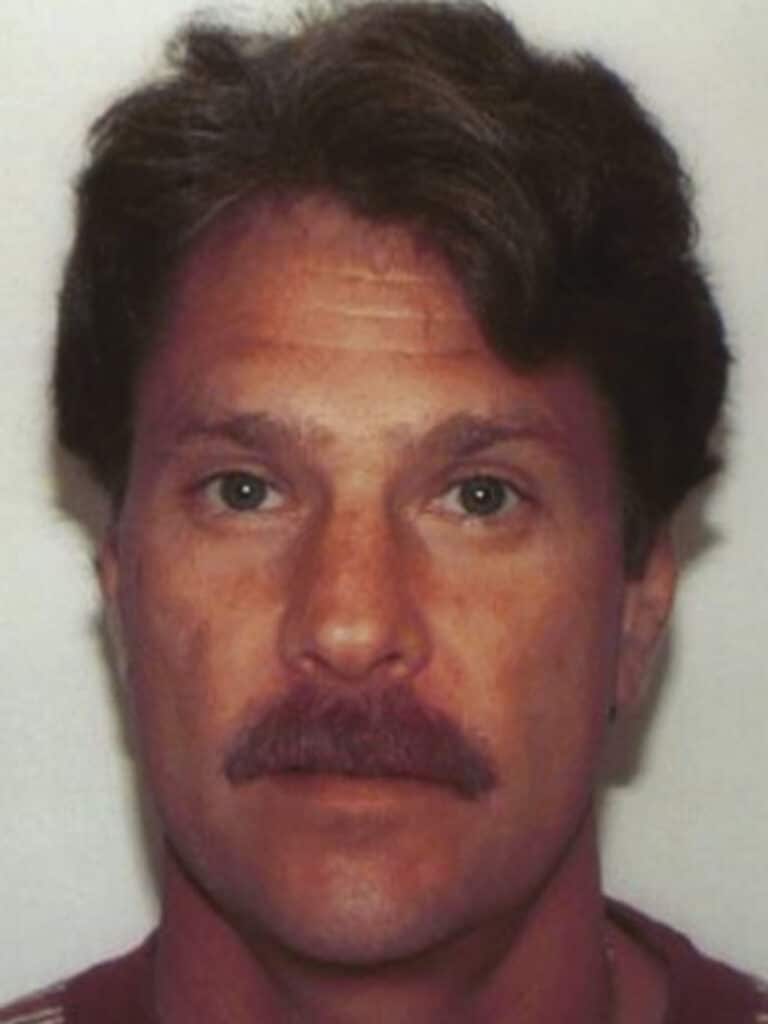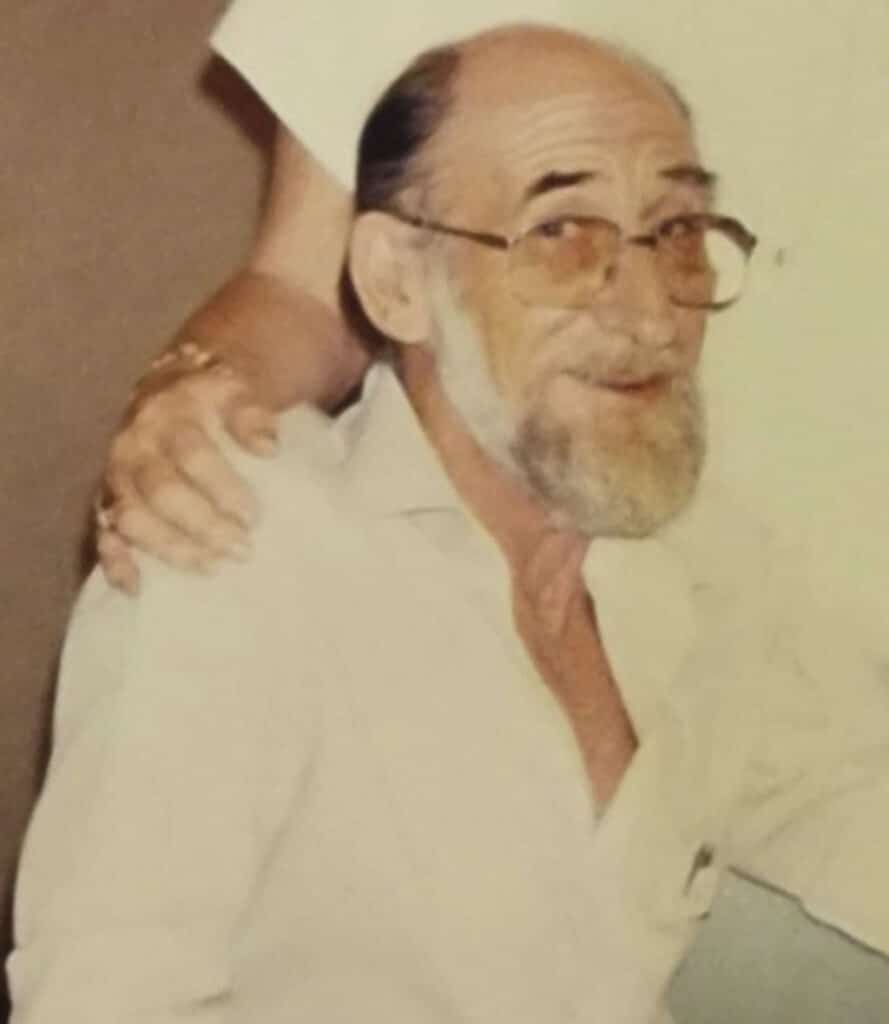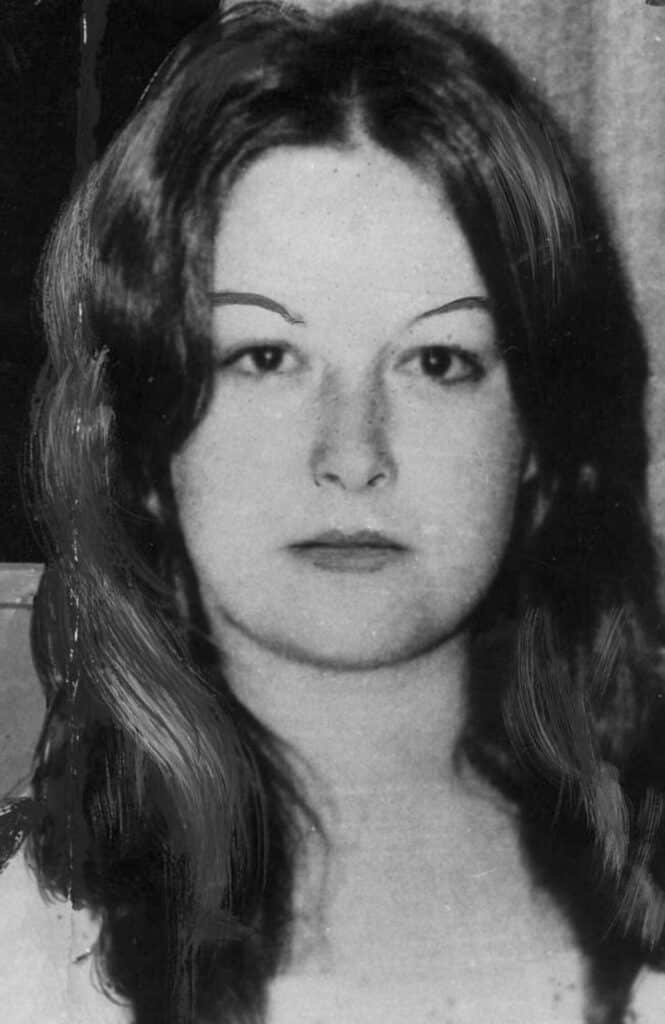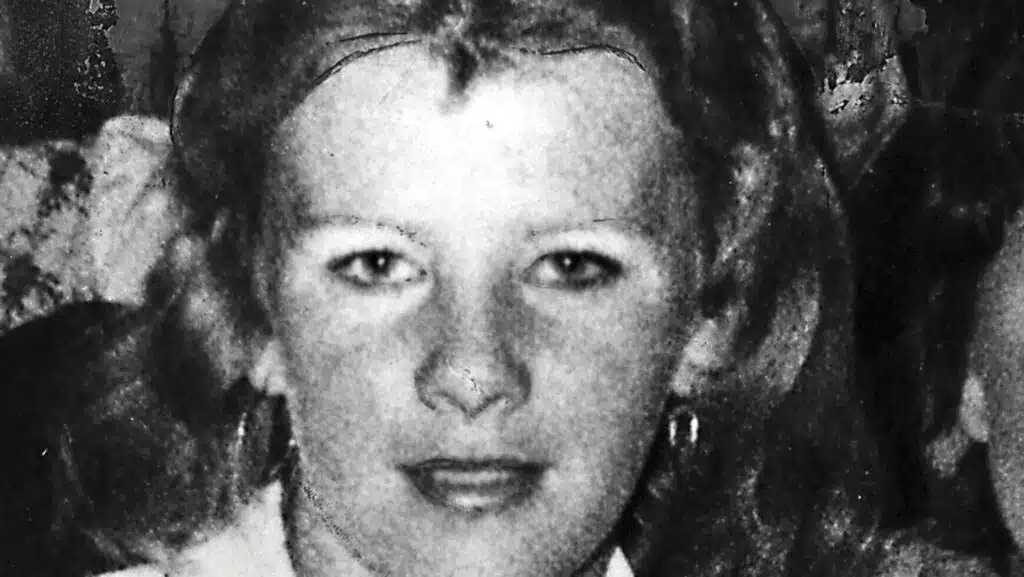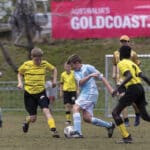CRIME
GOLD COAST COLD CASES REVEALED
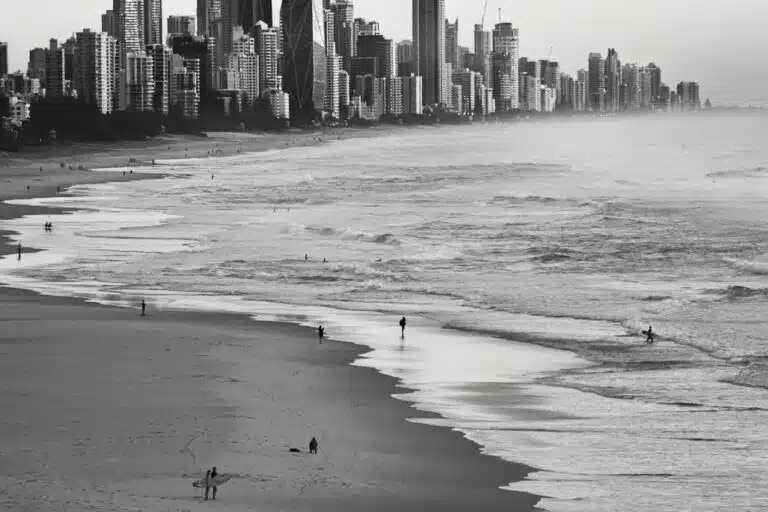
WORDS: Greg Fox PHOTOGRAPHY Supplied
True crime researcher Greg Fox presents his “Top Ten” list of the most baffling unsolved murders from the glitter strip…a paradise where malevolence resides beneath its shiny exterior. Many “cold cases” await resolution in our own backyard…here are five of the ten most intriguing.
Will there ever be resolution for these victim’s families? Justice may be derived from continued police re-investigations via their cold case squads, the use of the powerful advances in DNA analysis and genetic genealogies – as well as law enforcement’s interaction with the general public, including online web detectives.
For more information on these cases below, go to the Rewards page at the Queensland Police Service: https://www.police.qld.gov.au/rewards
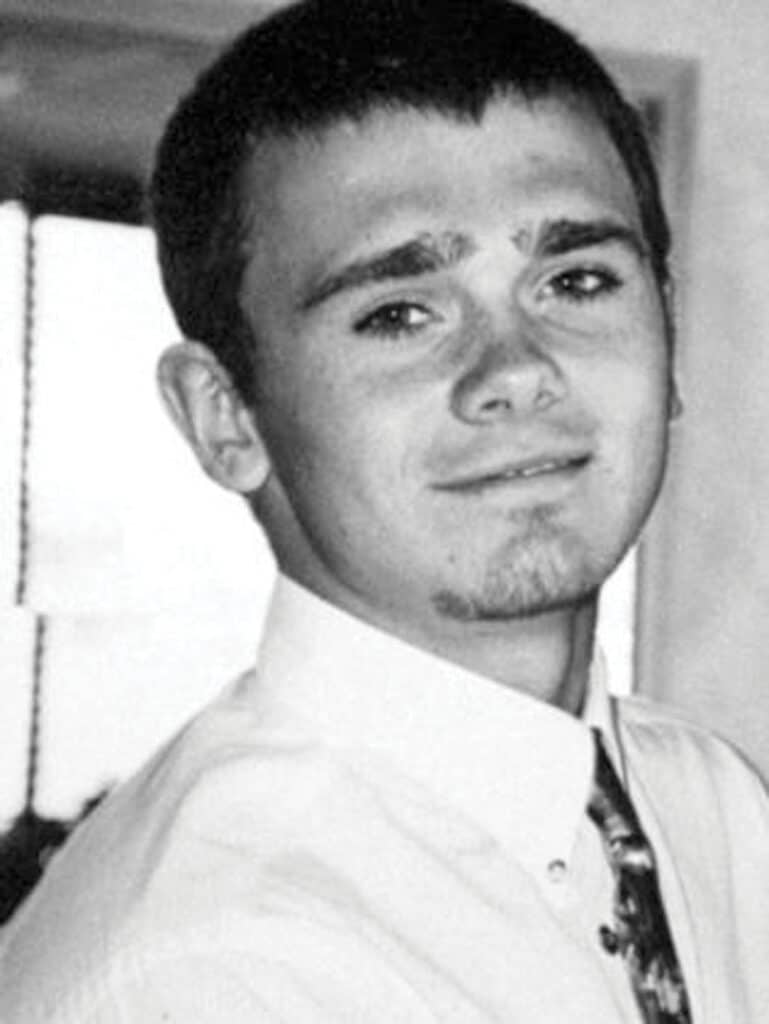
Steven
Steven Wayne Milligan: Murdered on or about 18th April 2000
A young man living his best life departs the family home to go for a leisurely walk and seemingly disappears. An extensive search ensues. Three weeks later his body is found badly decomposed at the bottom of a water tower, no more than 1km from his home. What happened after Steven Milligan left his Cash Place residence at Oxenford on Tuesday 18th April 2000 remains open to speculation.
Milligan, 19, was an elite-level snowboarder who had only recently returned from a trip to Canada. When found deceased he was completely naked aside from one shoe and one sock. The remainder of his clothes, a pair of shorts and one shoe, were located nearby partially burnt. Police quickly ruled out suicide as the manner of death. Forensic tests were also able to rule out natural occurrences such as snake bite or lightning strike as the cause of death. The coroner was unable to offer an official cause of death due to the decomposition of the body.
Was Milligan known to go for regular walks in the immediate suburb or was he specifically intending to meet with someone within the neighbourhood that fateful day? On the balance of the case details, it’s an unsolved death with a myriad of scenarios. The possibility that Milligan encountered foul play during his outing, in a crime of opportunity by an unidentified offender, must be considered. Detectives would interview several hundred people in the investigation and travel to NSW ski fields and the US to follow up on leads. Till now police have been unable to establish any viable motive for the murder. Back in 2000, the water tower was believed to be a place where local teenagers would sometimes congregate. Twenty years ago, Oxenford presented as a fast-growing, family-friendly suburb backing onto large stretches of parkland reserves, bushland and quarries.
Detective Senior Sergeant Mark Procter from Coomera CIB told The Courier Mail in 2014 that the investigation code-named “Operation Fame” had been extremely baffling to investigators. “It’s a real mystery how he (Milligan) died. He had a lot to live for and no one had a bad word to say about him”.
- Iain
- Slim
Iain Stewart Hogg: Murdered on or about 10th March 2002 / Charles Alexander “Slim” Johnston aka Frederick Hugh Rosson: Murdered 14th March 2002
Maybe the most head-scratching case on this unsolved list. Two victims who did not know each other. They shared no known friends or associates. Murdered 4 days apart on the Gold Coast, most likely by the same perpetrators. So, what was the unfortunate link between the victims? Had they specifically been targeted by a sinister criminal element? Twenty years on and investigators are unable to decisively say.
Ian Hogg, 46, a bottle shop manager from Burleigh Heads was described by police as a loner. It also is believed he regularly frequented the Tweed Heads brothel scene. Early on the evening of Sunday 10th March 2002, Hogg left his apartment close to the Currumbin Bird Sanctuary with two unidentified males. An eyewitness saw them entering Hogg’s car, a late 1980’s red 2-door Toyota Celica coupe. Other eyewitnesses then saw the men together later that night at Jack Evans Boat Harbour car park at Tweed Heads. Detectives speculated that Hogg was killed shortly thereafter, and his body dumped into the Tweed River on the run-out tide. A large pool of Hogg’s blood was later found in the car park by investigators.
Four days later, on Thursday 14th March, retiree Charles “Slim” Johnston, 70, was at home on his leafy property at Pademelon Pass at Mount Nathan. He shared the acreage with his wife Moreen and extended family. Johnston, a grandfatherly figure to many, was in the process of preparing for an extended holiday to Emerald to fossick for gemstones. Recently he had listed for sale some items in “The Personal Trading Post” newspaper which included a Czech CZ 75 compact 9mm pistol with ammunition. Johnston was known to be a firearms enthusiast and a member of the Canungra Sporting Shooters Club.
Two unidentified males would arrive in a red Toyota Celica coupe at the property at 12 noon. They had an appointment to view the gun and accessories, which Johnston was selling for $1000. The men proceeded to meet with Johnston inside his work shed at the rear of the property. Later in the afternoon, family members went to locate “Slim” and found him deceased, slumped against the wall of the shed. Police stated he had been killed execution style, shot through the top left-hand side of his head. The pistol and ammunition he had for sale could not be located.
The red Toyota Celica coupe in question was found abandoned days later at Fifteenth Avenue in Palm Beach. Detectives confirmed it was Iain Hogg’s missing car as well as the motor vehicle that visited the Johnston property on the afternoon Slim was killed. Items left inside the coupe included a pair of sunglasses, a beanie, a bronze necklace and loose ammunition that could be tied to the murder at Pademelon Pass. Since 2002, police have not been able to rule out that there were a pair of psychopathic individuals cruising the roads of the coast intent on robbing people and killing them without prejudice.
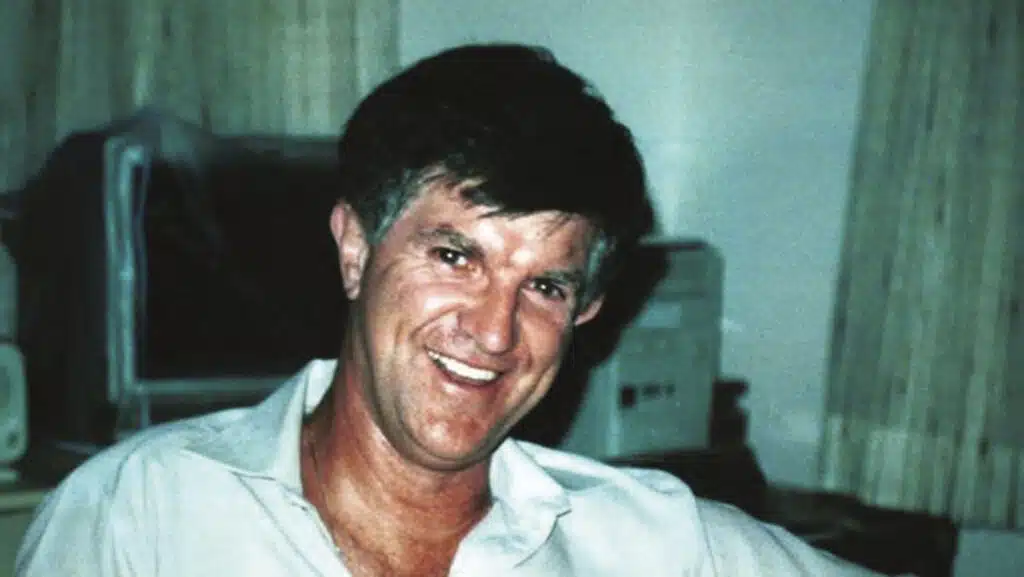
Philip
Philip James Carlyle: Murdered 13th April 1997
A case with more twists than a Netflix true crime documentary. Businessman Philip Carlyle, 48, a marketing manager at an internet start-up was murdered at his Robina office in 1997. Carlyle, an ex-pat New Zealander, was a married father of three, a regular churchgoer and wanna-be entrepreneur. At his desk at the Robina East Quays business complex on the morning of Sunday 13th April, he was later joined by his work colleague and Atnet Pty Ltd director Neil Pentland. Both men were catching up on company paperwork before Carlyle was to depart to the US on the coming Wednesday for an important work trip.
Pentland would leave the Glenferrie Drive address at around 11.30 am that morning whilst Carlyle remained at work. Later that Sunday afternoon Carlyle would fail to arrive to pick up his wife Gion from a church gathering at Reedy Creek. She raised her concerns by phone with Pentland who returned to the office at 6.30 pm to look for his missing colleague and await the arrival of building security. Carlyle was found by a security guard slumped against a wall of the building’s sound-proof air conditioning plant room at 8.15 pm. The victim had four gunshot wounds to the head from a .32 calibre revolver. There was no evidence of a struggle or a break-in at the premises.
Initial investigations by police failed to uncover any direct evidence implicating who was the killer. Then a relaunched investigation by Gold Coast CIB almost two decades later would appear to pay dividends in identifying the perpetrator. In June 2017, Pentland, 68, was charged with the murder of his former business associate. Also arrested was his friend John Hitchen, 66, a Reedy Creek mechanic, who was charged with being an accessory to murder and possessing an unsecured weapon. Detective Inspector Marc Hogan would say that technological advancements were crucial to the three arrests. This was thought to relate to ballistics evidence and the type of ammunition used in the murder.
At trial in the Brisbane Supreme Court in August 2020, the prosecution outlined that Pentland stood to benefit from the death of Carlyle through a $500,00 life insurance policy that covered the business partners in the death of either man. This information was to be considered within the pretext of a deteriorating relationship between the two men. Adding to the intrigue the crown disclosed Carlyle had a secretive side. The court heard that Pentland had funded a business trip for Carlyle to visit the US to secure the company’s immediate fortunes and the successful launch of their business website “Insureit”. However, it was alleged that Pentland discovered that Carlyle had been involved in an online relationship with a married woman (known as Ms Sinclair-Smith) in the US. The pair had planned to meet with her on the upcoming trip to commence some sort of romantic relationship.
Pentland’s defence would argue that the police investigation had too narrow of a focus far too early in the investigation on the accused and as a result had presented a “desperately thin circumstantial case”. No murder weapon was ever located by police. No DNA from Pentland could be connected to the plant room in the office building. His barrister Saul Holt QC would argue that after a 21-year police investigation “not any single piece of direct evidence” against his client had been uncovered.
Pentland would be found not guilty in a judge-only trial. Justice Glenn Martin mentioned in his ruling that he did not support the prosecutions narrative that the supposed breakdown of the relationship between the work colleagues would be a motive for murder. Gion Tansley, wife of the murder victim, would give evidence that in 1997 she and Carlyle were being intimidated by former business associates who were owed money by her husband. Tansley confirmed that two men had visited their house demanding money and had threatened her by holding a knife to her throat. She had not reported this incident to police. In summary, Justice Martin noted a significant number of angry creditors related to Carlyle’s previous failed business ventures. Seemingly prolific in business in the preceding decade, Carlyle had been the director of eight companies, all of which failed or went into liquidation. An unarmed source told the Gold Coast Bulletin in 2017, “He (Carlyle) had a lot of enemies. A lot. People who had lost money because of him”.
As it stands, the Carlyle murder remains unresolved. Pentland published a non-fiction book in August 2021, “Operation Carye: Trials and Tribulations”, which provides an insider’s account of the justice system and those accused of serious offences. The memoir includes details of what occurred from his time of arrest in 2017 to his acquittal at trial in 2020.
- Gabriel
- Michelle
Gabriel Ingrid Jahnke / Michelle Ann Riley: Murdered on or about 6th October 1973
The oldest cold case on this list and a cautionary tale for the extreme dangers of hitchhiking. As fast friends, Gabriel Jahnke, 19, and Michelle Riley, 16, enjoyed visiting pubs and clubs in and around Brisbane. But an upcoming weekend jaunt to the Gold Coast was to be a special one. The pair planned to visit the south coast to check out the expanding nightlife of Surfers Paradise and Coolangatta. Both girls were blonde and attractive with outgoing personalities. They worked together in the canteen of the Princess Alexandra Hospital at Woolloongabba.
Media reports confirmed that Jahnke and Riley left the Riley family home at Annerley on Friday 5th October 1973 at about 5.00 pm for their weekend jaunt. They were then observed at Petrie Bight, near the Brisbane CBD, around 10 am on Saturday morning – stepping from a Black and White taxi. Around midday, it was believed they hitched a ride from near the Story Bridge at Kangaroo Point heading south. What happened on their journey to the Gold Coast has been open to speculation across the next four decades. An unconfirmed sighting had the girls attending the Wallaby Hotel at Mudgeeraba early that Saturday afternoon. At the Coroner’s Inquest held in 1974 to investigate their deaths, it was claimed that Jahnke and Riley were sighted by a tick gate operator near Coraki, NSW, late on the Saturday afternoon. The man stated he witnessed the girls riding as passengers in a white Holden Panel van. In what was a sensational piece of evidence at the coronial inquest, he said that one of the girls yelled to him out of the window of the vehicle that they were going to be taken to be raped. What is known is that at some stage over the weekend of the 6th & 7th October 1973, the girls disappeared.
Exactly one week later on Saturday 13th October, the body of Gabriel Jahnke was discovered down an 8-metre embankment on the southbound side of the Pacific Highway (M1) at Ormeau. It was thought that Jahnke had been deceased for a week. She was wearing a black caftan-style dress with a flowery Asian design across the top and a black bra. Jahnke was naked from the waist down – with her underwear missing. It looked likely she had been sexually assaulted. Her cause of death were skull fractures and trauma due to a blunt force instrument.
Then on Tuesday 23rd October, Michelle Riley’s remains were found 12 metres off the northbound lane of the Mount Tamborine Highway (today Waterford-Tamborine Road) – approximately 6km south of Logan Village. The cause of death was determined to be a fractured skull. Newspaper reports stated that her skivvy had been pulled up around her neck exposing a floral bra, with the lower half of her body completely naked. Branches were placed over Riley’s body in a makeshift fashion to conceal her remains.
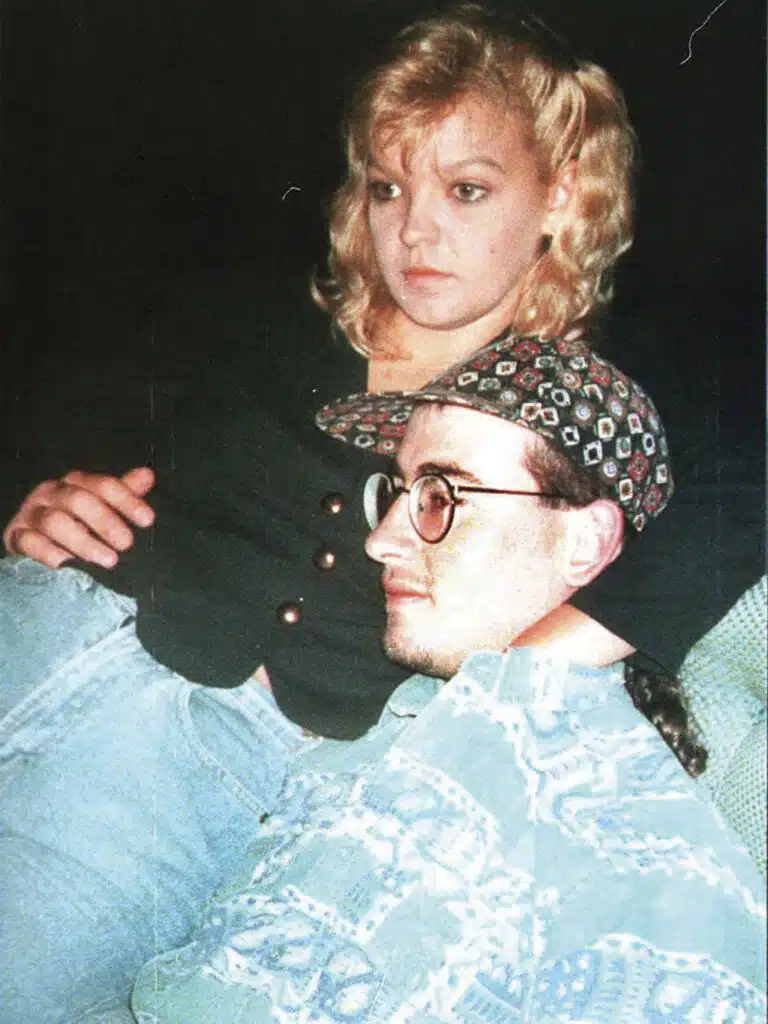
Ann-Maree & Christopher
Christopher Leigh Nancarrow & Ann-Maree Kropp: Murdered on or about 31st January 1999
The vicious double murder of a young couple in their Springbrook home sent shockwaves through the hinterland hamlet in 1999. The naked and slashed bodies of Christopher Nancarrow, 27, and Ann-Maree Kropp, 24, were found by friends on Monday 1st February 1999 at their rented cottage at 2293 Springbrook Road.
The pair had moved to the Gold Coast from Murwullimbah in 1998. Both victims were known to use cannabis and Nancarrow had been rumoured to distribute it through a small network of friends and associates. Kropp was believed to have worked at one time as a prostitute at Tweed Heads. Police thought that the couple appeared to exist on the fringes of the criminal underworld. The manner of their slaying looked to be highly personal and perhaps even vengeful in nature. Savagely stabbed multiple times and stripped naked in a frenzied attack that encompassed most of the dwelling. Illicit drugs and other drug-related items were found scattered around the house. Reports state that on the final day the couple were seen alive they visited Pacific Fair and later caught up with friends at Oxenford till 7.00 pm.
After an investigation spanning eight years, homicide detectives arrested Allan Richard Carnell, 46, a mechanic from Tumbulgum, NSW. Then in February 2008, Andrew William O’Grady, 44, a member of the Northern NSW Chapter of the Nomads Motorcycle Club was taken into custody and charged. An eyewitness near the victim’s property claimed to see two unidentified men under the carport around the time of the killings. Mixed blood samples from a door and a striped towel would bear DNA from both accused according to homicide detectives.
The two men went to trial in August 2011 before Acting Justice Julie Dick SC. The crown presented what was mostly a circumstantial case and outlined that the deceased couple had borrowed $10,000 from an associate to buy drugs and a car before they were killed. Most of the evidence presented by the crown seemed speculative at best, perhaps to fit the narrative of what police theorised had transpired leading up to the murders. Defence barristers argued strongly that the DNA evidence presented by the prosecution should be considered unreliable. Broader issues were argued about the veracity of forensic testing procedures at Brisbane’s John Tonge Centre. After a month-long proceeding, both the accused were found not guilty. The jury made their decision to acquit Carnell and O’Grady in less than three hours.
The question remains: why were the young couple murdered and in such a hyper-violent fashion? Did the pair’s supposed financial debt have actual links to bikies or organised crime figures? Perhaps Nancarrow and Cropp were involved in a broader drug ring and needed to be silenced. Or were the killings entirely unrelated to the lines of inquiry police had pursued since the early 2000s?
In 2011, former Detective Sergeant Paddy Fenely from the Gold Coast CIB sensationally told The Courier Mail that internal politics within the police force had upended the investigation. He alleged that members of the Homicide Investigation Unit “raided” their offices in 2007 and ordered them to hand over the Nancarrow / Kropp case files, and were instructed not to investigate the murders any further and have no future contact with the victim’s families.
Special Mention – Christine Ann Coghill: Died 14th December 1980
After leaving a Surfers Paradise nightclub, Champagne Charlie’s in the early morning hours of Thursday 11th December 1980, Christine Coghill, 17, was thought to have accepted a car ride from a passer-by at about 3.20 am. Coghill was last seen walking south near the Gold Coast Highway, in the direction of her home at Florida Gardens.
Within thirty minutes Christine’s battered body would be found 8km away by a truck driver beside Nerang-Broadbeach Road – adjacent to the Surfers Paradise Golf Club.
Her injuries were assumed by police to have been caused by being pushed or jumping from a car travelling at speed on the main road. Coghill had suffered severe head trauma and was immediately rushed to Gold Coast Hospital clinging to life. Her shoes and handbag were located on the shoulder of the road near where she was found. Investigators would ponder the question how threatened Coghill must have been to have potentially jumped from a moving vehicle? Likely, someone who felt in immediate mortal danger.
Coghill died three days later as her family kept a bedside vigil. She had only just graduated from Miami State High School where she was Sports House Captain. Coghill excelled in a variety of recreational pursuits including martial arts and roller skating. She worked part-time at Big W at Sundale Shopping Centre in Southport.
Anyone with information about any of the above cases should contact Crime Stoppers on Phone 1800 333 000.
Author Greg Fox is a Gold Coast local – born and raised in Southport, Queensland. He attended Musgrave Hill State School and Southport State High School. Greg is a graduate of Griffith University with a bachelor’s degree in Health Science. His interests include listening to true crime podcasts and researching lesser-known cold cases. He can be contacted at: www.linkedin.com/in/gfox12


